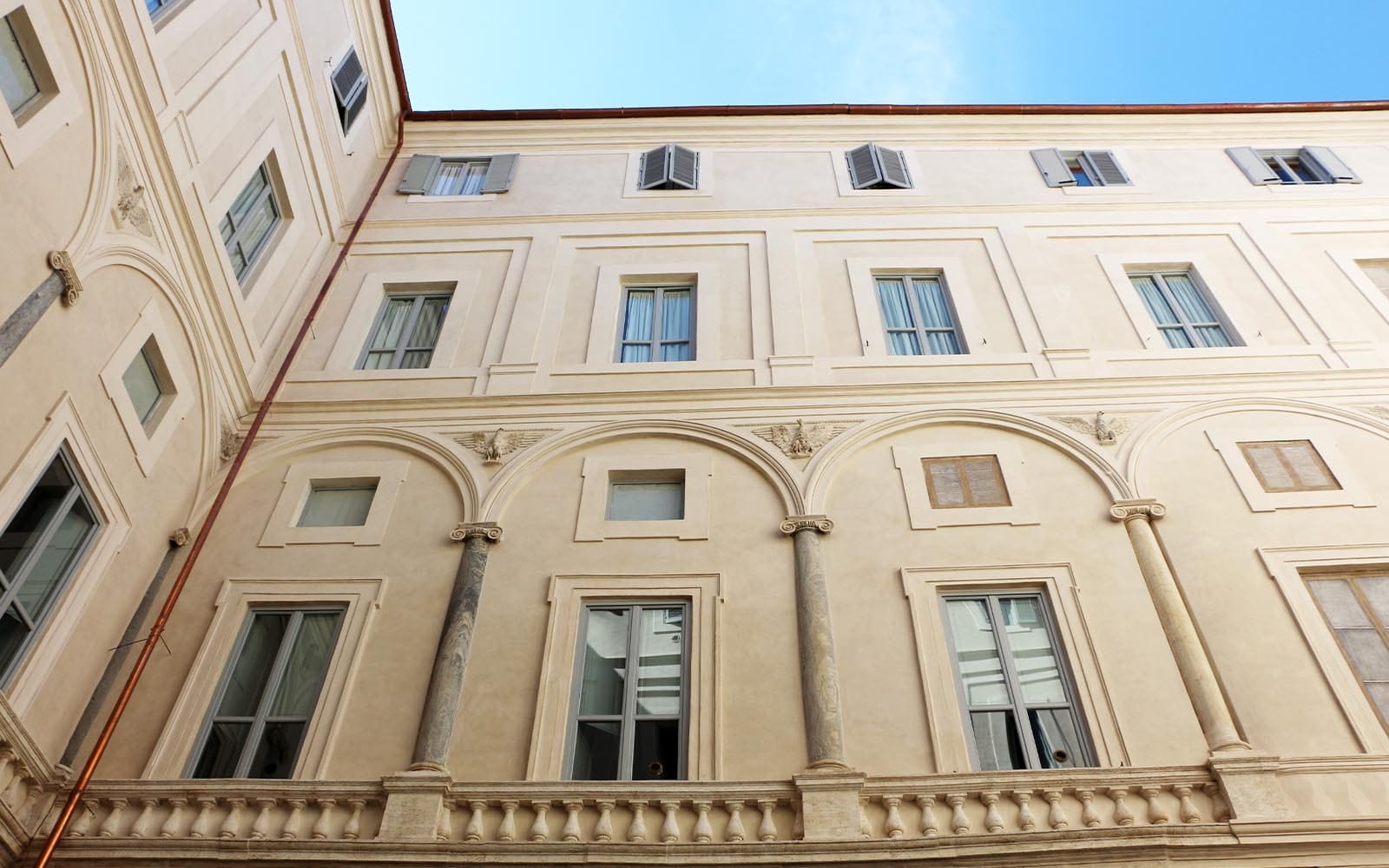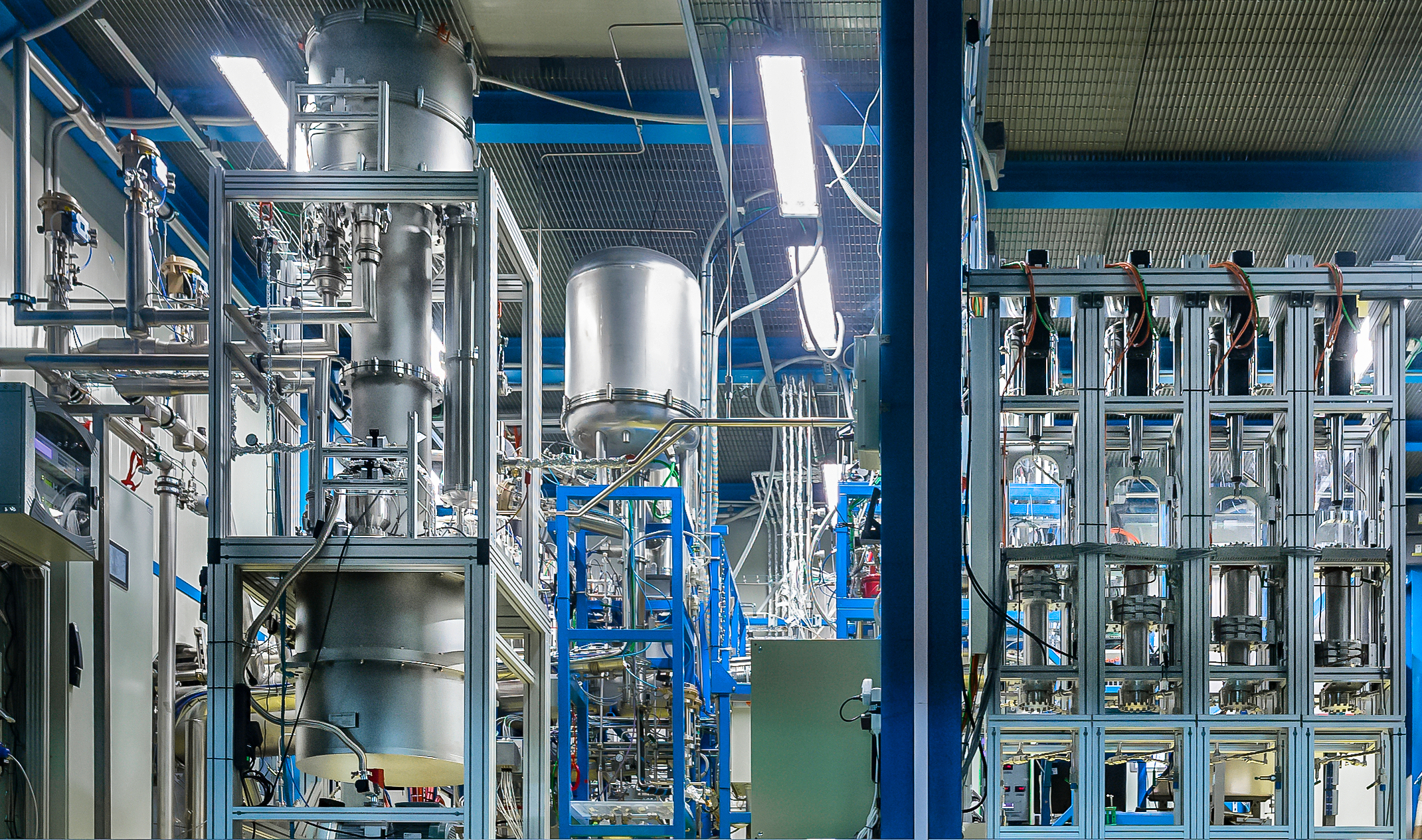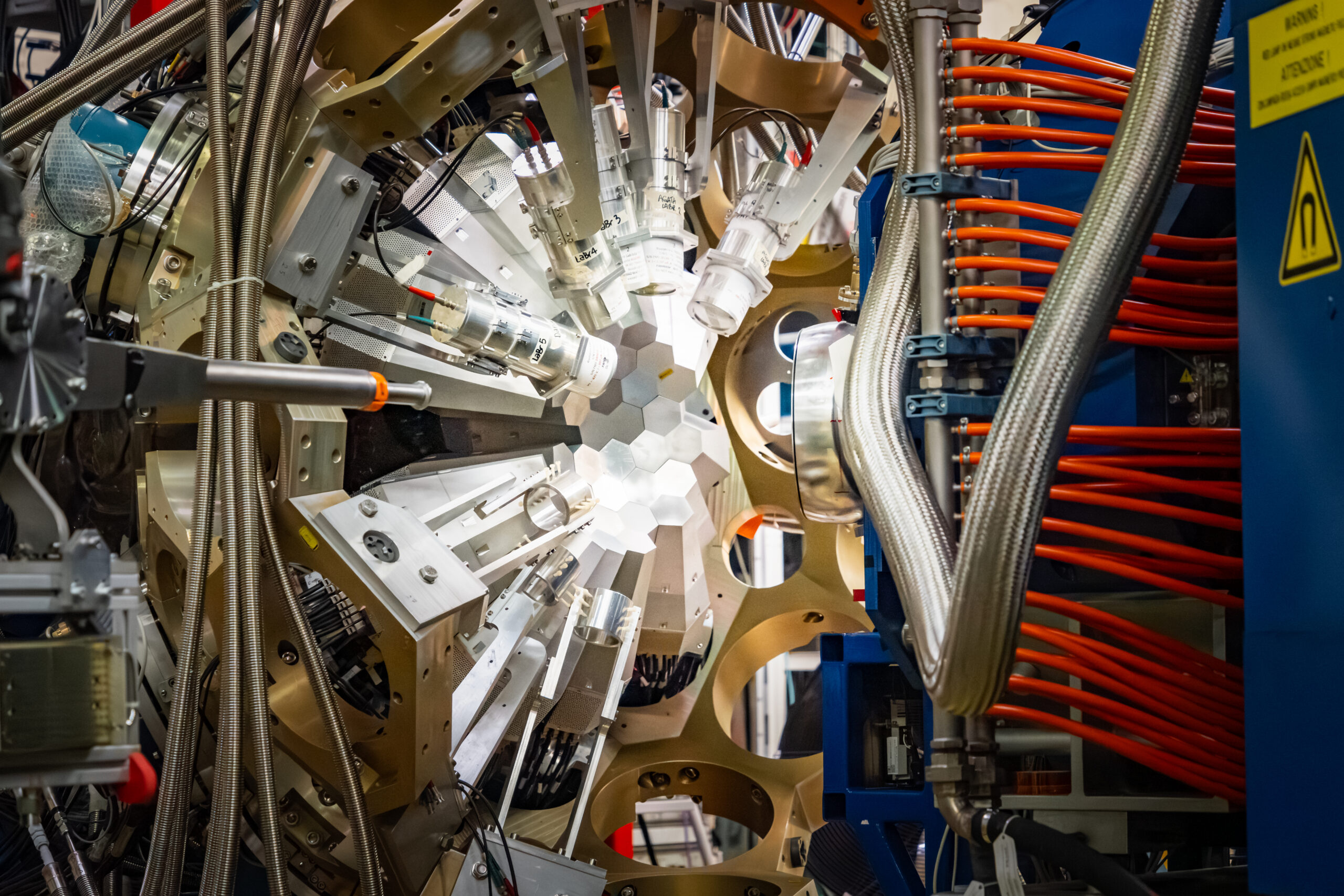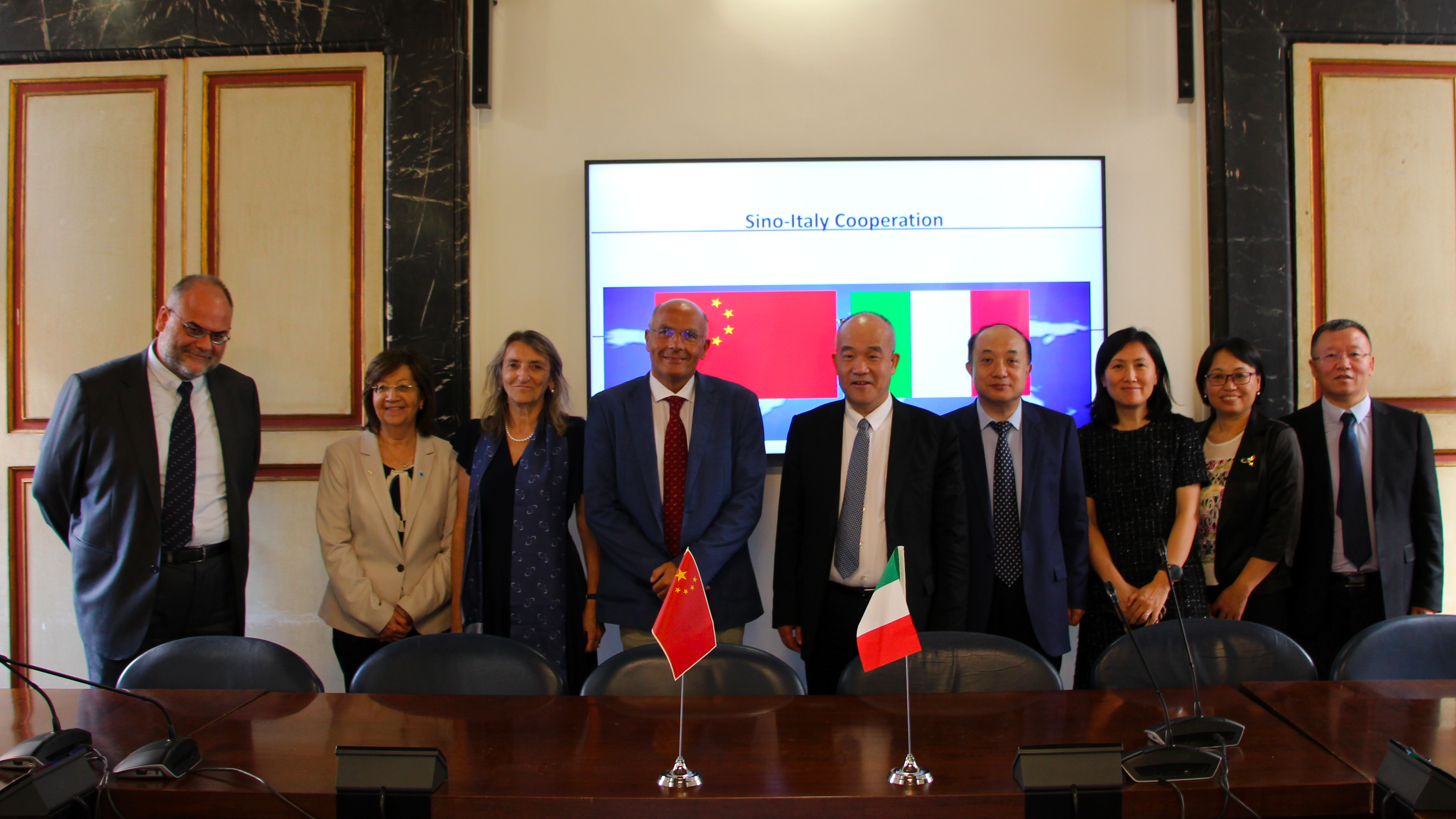 The Italian physicists Gianluigi Fogli, former professor of theoretical physics at the University of Bari, and Eligio Lisi, head of research at the INFN Bari Section, have been awarded the prestigious international 2017 Bruno Pontecorvo Prize, awarded annually by the Joint Institute for Nuclear Research (JINR) of Dubna. The award ceremony will take place in Dubna next September. The jury of the prize, chaired by Alexander Olshevskiy and consisting of Samoil Bilenky (2002 Pontecorvo Prize winner), Luciano Maiani (2014 Pontecorvo Prize winner), Arthur McDonald (2004 Pontecorvo Prize winner and 2015 Nobel Prize winner) and Yoichiro Suzuki (2010 Pontecorvo Prize winner), awarded the prize to Gianluigi Fogli and Eligio Lisi “for their pioneering contribution to the development of global analysis of neutrino oscillation data from different experiments”. The award-winning results of Fogli and Lisi cover more than two decades of theoretical and phenomenological research, aimed at analysing in detail the phenomena of neutrino oscillation in an increasingly wide range of experimental data (solar, atmospheric, reactor, accelerator neutrinos, etc.). This analysis made it possible to determine certain parameters of the so-called Pontecorvo-Maki-Nakagawa-Sakata (PMNS) matrix with increasing accuracy and to estimate others still unknown. One of the major results obtained concerns the first estimate of the smallest element of the PMNS matrix (the theta-13 corner) a few years before its experimental discovery, which took place in the period 2011-2012, subject of the previous 2016 Pontecorvo Prize.
The Italian physicists Gianluigi Fogli, former professor of theoretical physics at the University of Bari, and Eligio Lisi, head of research at the INFN Bari Section, have been awarded the prestigious international 2017 Bruno Pontecorvo Prize, awarded annually by the Joint Institute for Nuclear Research (JINR) of Dubna. The award ceremony will take place in Dubna next September. The jury of the prize, chaired by Alexander Olshevskiy and consisting of Samoil Bilenky (2002 Pontecorvo Prize winner), Luciano Maiani (2014 Pontecorvo Prize winner), Arthur McDonald (2004 Pontecorvo Prize winner and 2015 Nobel Prize winner) and Yoichiro Suzuki (2010 Pontecorvo Prize winner), awarded the prize to Gianluigi Fogli and Eligio Lisi “for their pioneering contribution to the development of global analysis of neutrino oscillation data from different experiments”. The award-winning results of Fogli and Lisi cover more than two decades of theoretical and phenomenological research, aimed at analysing in detail the phenomena of neutrino oscillation in an increasingly wide range of experimental data (solar, atmospheric, reactor, accelerator neutrinos, etc.). This analysis made it possible to determine certain parameters of the so-called Pontecorvo-Maki-Nakagawa-Sakata (PMNS) matrix with increasing accuracy and to estimate others still unknown. One of the major results obtained concerns the first estimate of the smallest element of the PMNS matrix (the theta-13 corner) a few years before its experimental discovery, which took place in the period 2011-2012, subject of the previous 2016 Pontecorvo Prize.
You might also be interested in

ORIGINS. Exploring Science Communication and Journalism

Nobel Prize in Physics 2025: congratulations to John Clarke, Michel H. Devoret and John M. Martinis

INFN statement in support of peace in Gaza and commitment to scientific diplomacy

XENONnT: record levels of purity achieved in the search for dark matter

Physics Photowalk 2025: the ten pictures on the Italian podium

Italy-China: important bilateral meeting between NSFC and INFN
26 September 2025
Read more Italy-China: important bilateral meeting between NSFC and INFN